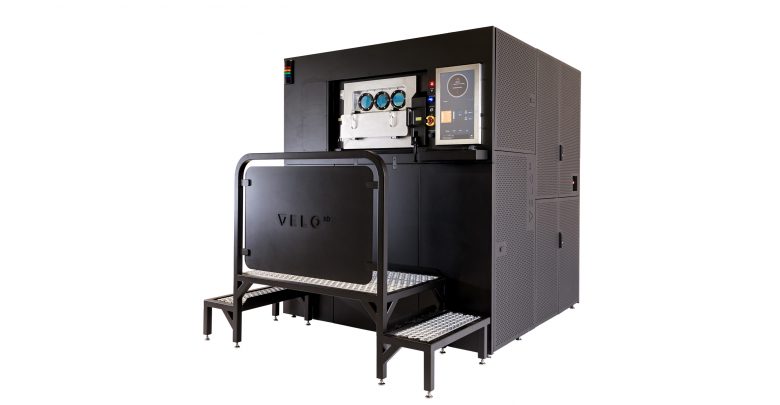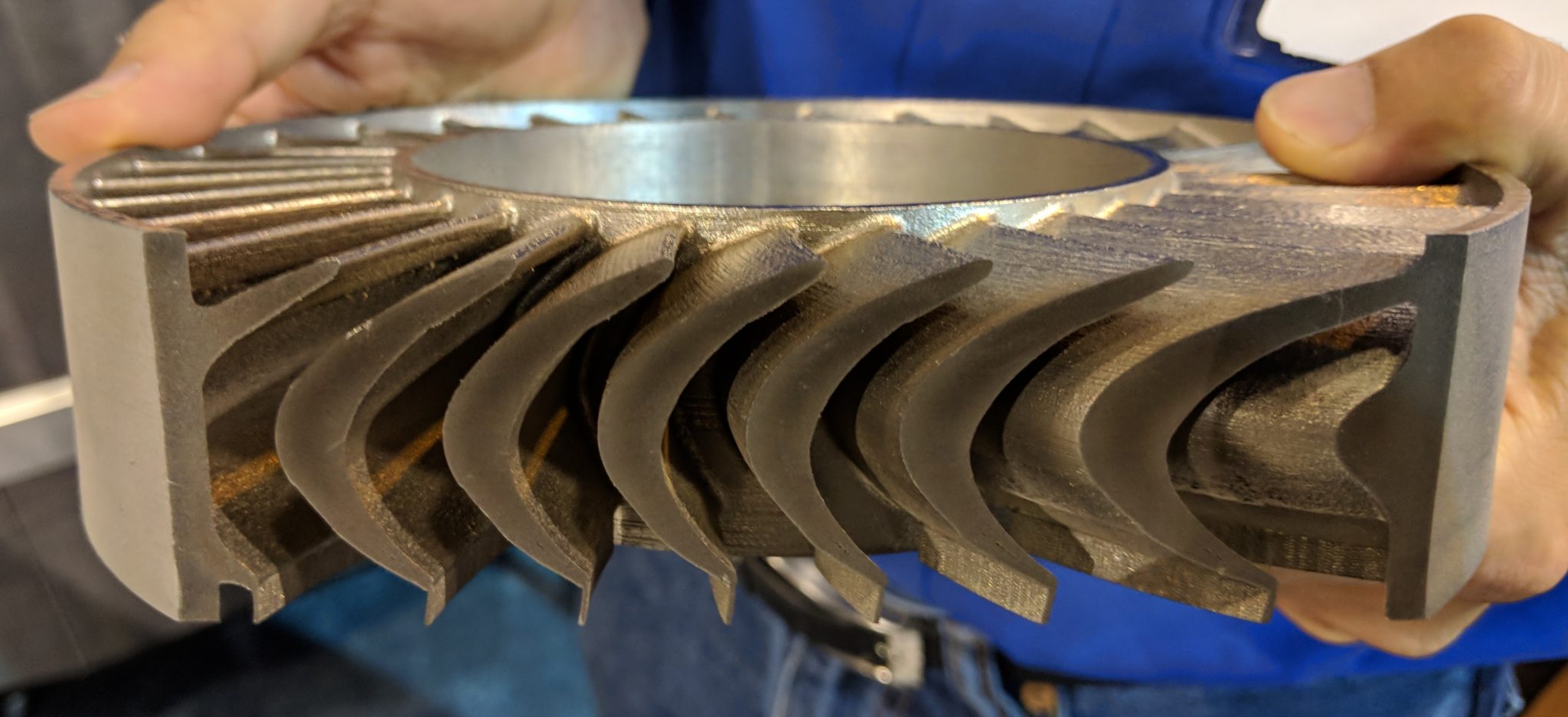VELO3D, a Californian metal 3D printer manufacturer, has partnered with Australian automotive company PWR, to develop new cooling technology for motorsport, as well as battery cell, electronics, and aerospace applications.
With the first production Sapphire 3D printer from VELO3D in the Asia Pacific region, PWR will work to design advanced heat exchangers using an aluminum alloy. “Heat exchanger weight and pressure-drop characteristics have a huge impact on performance and are significant factors in all motorsport categories,” expalined Matthew Bryson, General Manager, Engineering, at PWR.
“Using additive manufacturing to print lightweight structures, enhancing performance with freedom-of-design, we have the ability to further optimize these characteristics to the customer’s requirements whilst providing the necessary cooling.”
“The broad design capabilities and extremely high print accuracy of the VELO3D Sapphire 3D metal printer will help us optimize these various performance attributes.”

3D printed heated exchangers
Heat exchangers are designed to control and regulate the temperature of an interplanetary vehicle’s electronic system. PWR manufactures aluminum radiators, intercoolers and oil coolers for racing teams such as F1, NASCAR, V8 Supercars, Deutsche Tourenwagen Masters and World Rally Championship.
As an experienced company in cooling solutions, VELO3D’s laser powder bed fusion (LPBF) Sapphire system was chosen to create 3D printed heat exchange devices with thinner and more-complex features as well as improved surface finishes.
Bryson added, “PWR chose VELO3D after extensive testing. The VELO3D Sapphire printer demonstrated the ability to produce class-leading thin-wall capabilities and high-quality surfaces with zero porosity.”
“VELO3D and PWR share a passion for pushing the limits of technology to deliver truly disruptive, class-leading, products. We are a natural fit and look forward to building a strong partnership going forward.”

“Geometric freedom” with additive manufacturing
Earlier this year, VELO3D announced its largest order of the Sapphire system to an undisclosed aerospace customer. The company also announced a partnership with Boom Supersonic, a Colorado-based aerospace company, to 3D print flight hardware for the XB-1 aircraft.
VELO3D’s move further into the automotive sector enables engineers to produce parts with overhangs lower than 5°, and large inner diameters without supports. According to the company, such capabilities are not seen in conventional systems. Benny Buller, founder and CEO of VELO3D, continued:
“We created VELO3D to help industrial end-users of 3D metal printing truly realize geometric freedom. We know that our technology can help PWR meet new and evolving design goals in ultra-thin-wall cooling structures.”
“Our expanding relationship with PWR will be one of innovation and new performance benchmarks in heat exchangers. PWR’s history of high-quality products, world-class design, and testing, and customer success in the grueling environments of motorsport make our joint endeavor an especially exciting one.”

For more additive manufacturing news subscribe to the 3D Printing Industry Newsletter, follow us on Facebook and like us on Twitter.
Seeking 3D Printing Jobs? Join and advertise on our dedicated site now to reach professionals in this industry.
Featured image shows 3D printed heat exchangers. Photo via VELO3D.


